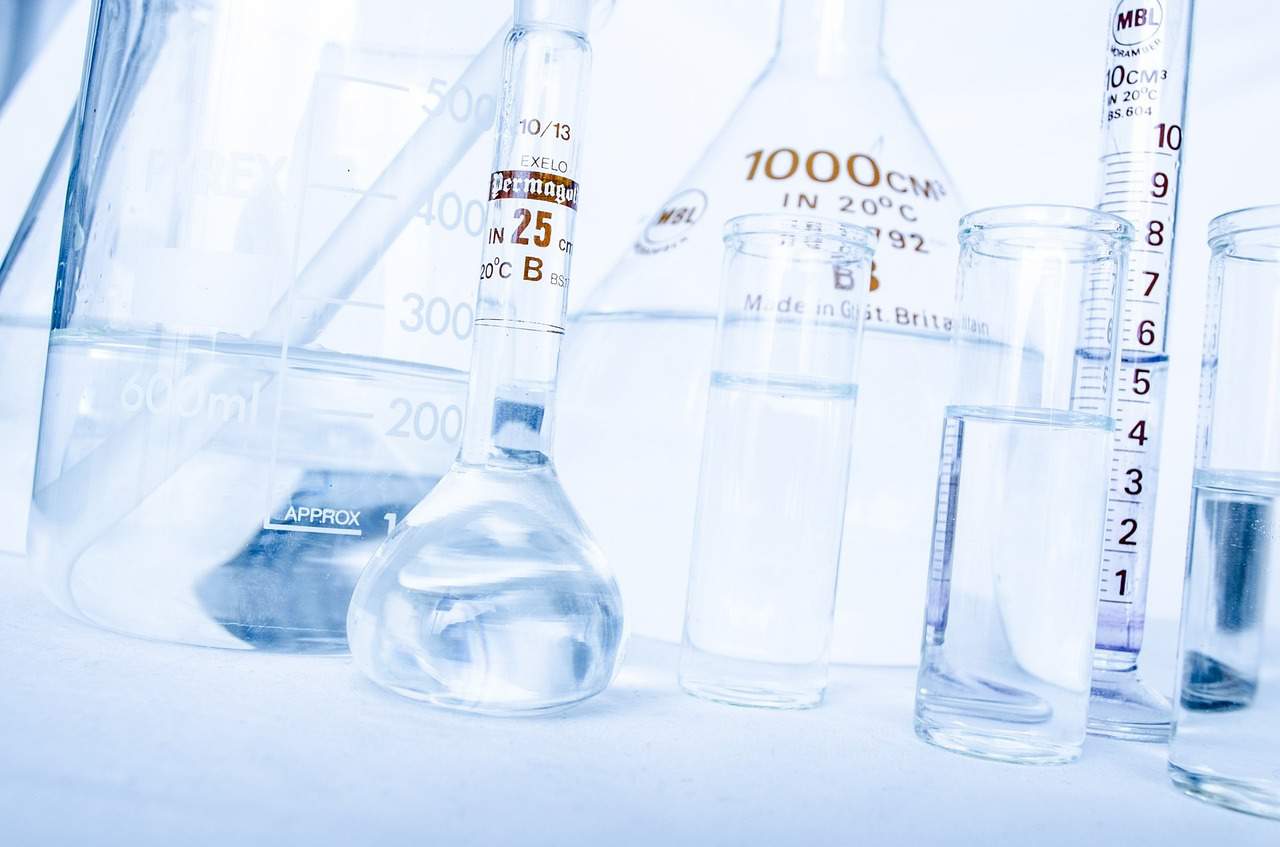“Carbon capture is feasible today from a technical point of view, but not yet from an economic point of view.”
If we are to avoid a climate catastrophe, it will no longer suffice to reduce our emissions; we will also need to capture CO2 from the atmosphere and store it permanently.
Scientists at Northwestern University in the United States and their colleagues on an international team have found a way to do just that. They have managed to create acetic acid out of carbon monoxide derived from captured carbon.
This could make it more economically feasible to capture carbon and so drive business interest in it.
“Carbon capture is feasible today from a technical point of view, but not yet from an economic point of view,” explains Ted Sargent, a professor of chemistry who was an author of a study.
“By using electrochemistry to convert captured carbon into products with established markets, we provide new pathways to improving these economics, as well as a more sustainable source for the industrial chemicals that we still need,” the scientist adds.
Sargent and his team have already used electrolyzers to convert captured carbon into such key industrial chemicals as ethylene and propanol. Now they have expanded that range to acetic acid.
“Acetic acid [which is used] in vinegar needs to come from biological sources via fermentation because it’s consumed by humans,” notes Josh Wicks, a scientist from the University of Toronto who was part of the research team. “But about 90% of the acetic acid market is for feedstock in the manufacture of paints, coatings, adhesives and other products. Production at this scale is primarily derived from methanol, which comes from fossil fuels.”
In other words, captured carbon could replace these fossil fuels in the industry. This could reduce emissions significantly as for every kilogram of acetic acid currently produced from methanol, 1.6kg of CO2 is released.
In their new method the scientists use a two-step process for turning captured carbon into acid. One involves passing CO2 through an electrolyzer, where the gas reacts with water and electrons to form carbon monoxide. This is then passed through a second electrolyzer, where another catalyst transforms CO into various molecules containing two or more carbon atoms.
“A major challenge that we face is selectivity,” Wicks says. “Most of the catalysts used for this second step facilitate multiple simultaneous reactions, which leads to a mix of different two-carbon products that can be hard to separate and purify. What we tried to do here was set up conditions that favor one product above all others.”
The team found that using a much lower proportion of copper (only around 1%) in catalysts favors the production of only acetic acid. At the same time, elevating pressure to 10 atmospheres boost efficiency greatly to a faradic efficiency of 91%. This means that 91 out of every 100 electrons pumped into the electrolyzers end up in the desired acetic acid end product.
“That’s the highest faradic efficiency for any multi-carbon product at a scalable current density we’ve seen reported,” Wicks observes. “For example, catalysts targeting ethylene typically max out around 70% to 80%, so we’re significantly higher than that.”
The new catalyst appears to be relatively stable and while the faradic efficiency of some catalysts tend to degrade over time, this one remains at 85% even after 820 hours of operation.
“Some of the [current research] approaches go against the conventional wisdom in this field, but we showed that they can work really well,” Wicks says. “At some point, we’re going to have to decarbonize all the elements of chemical industry, so the more different pathways we have to useful products, whether it’s ethanol, propylene or acetic acid, the better.”
This story first appeared on Sustainability Times
Photo: PublicDomainPictures
© 2023 Sustainability Times.
This article is licensed under a Creative Commons Attribution-ShareAlike 4.0 SA International License.












